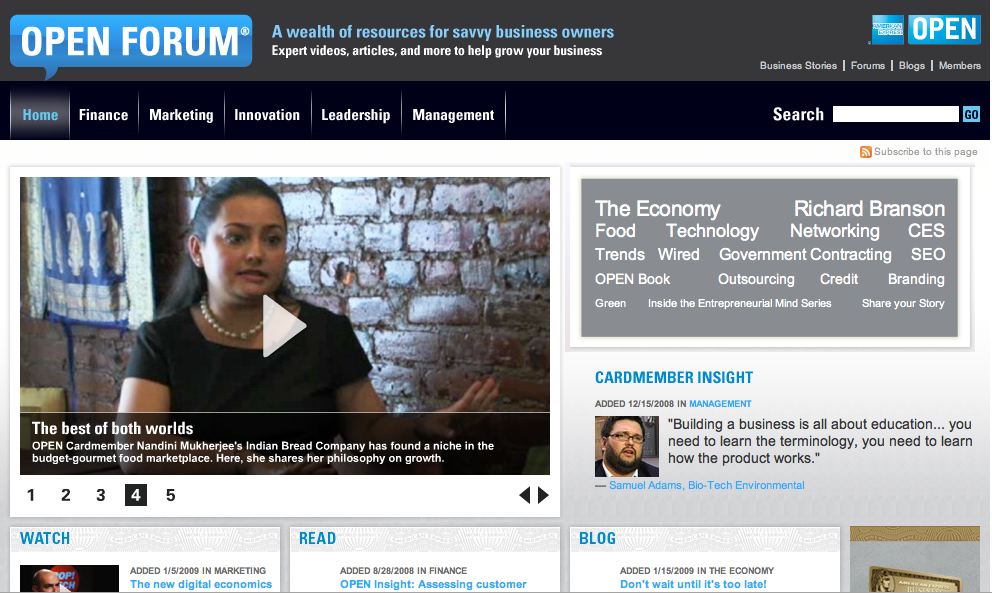Many CMOs take their client base for granted. Even though they may put a lot of time and effort into building that base and retaining customers, most marketers are fortunate enough to have an existing network of consumers to work with. When Trip Hunter set out to promote Silicon Valley’s first-ever ComicCon in 2016, he needed to start from square one. Trip’s genius advertising prowess—along with some help from Steve Wozniak—helped the con bring in over 60,000 attendees. Great Scott!
Silicon Valley ComicCon wasn’t Trip’s first crack at delivering a dynamite marketing strategy. He’s been implementing cut-through tactics for nearly 20 years with brands like Renegade, Fusion-io, and Primary Data. A strong believer in the “no risk, no reward” theory of marketing, Hunter is the quintessential renegade thinker!
Trip Hunter discusses some of his boldest marketing ambitions on the Renegade Thinkers Unite podcast with host and former business partner, Drew Neisser. You can listen to the episode here. If you don’t have time to listen to the whole podcast, you can check out these sample questions and answers below:
Drew: There were a lot of comic cons already when you started this two years ago. How did you make sure that Silicon Valley ComicCon was unique?
Trip: Steve Wozniak is one of the partners of both companies that I work at and he wanted to do a ComicCon that was not just about pop culture. He wanted it to include science and technology because in his mind, these two things drive each other. And so I don’t think there are many shows out there that balanced content between technology and pop culture as well as we do.
Drew: What role did social play in the overall marketing program?
Trip: We started with nothing two years ago—we had no social following at all. So it takes a while to build that up and once you kind of hit a certain level, it starts to grow pretty quickly. But one of the reasons that I think it was successful was, we focused on creating ownership. So we weren’t just talking to people, we were engaging them and asking them how they wanted to shape the event. That empowerment allowed them to recommend guests; one person said I want to do a cosplay show for dogs. I don’t think anybody had done a doggy cosplay, and that became a huge component.
Drew: How did it go?
Trip: The press loved that! That came directly from the people that we were listening to. So again I think it’s about listening and then giving people the ability to help shape and create the event.
Drew: What was one risky marketing stunt you pulled off at Primary Data?
Trip: For the launch of Primary Data, we wanted to do something that was also big and about moving just because moving data is what we do, and so we brought Nitro Circus into South Hall, which is a building at the San Jose Convention Center. These guys have these massive ramps that take all day to set up. The first guy goes off the ramp on his motorcycle—this is an enclosed building and the ceiling is 80 feet in the air—and as he goes by one of the giant lights he reaches out and taps the light. I went over and said, “Well, I’m not sure this is going to work.” And he said, “No, no it’s going to be fine. That light was a good three feet from me.” So we changed things around, but the next time he went off it, he did a backflip and it was right next to the ceiling. It didn’t seem to bother anybody, so away we went and Nitro Circus did a big indoor show and people loved that.
Drew: What was the story there?
Trip: Again, it had to do with moving data: showing that moving data is difficult, but also showing that there are very few people that know how to do it. Nitro Circus in this instance was one of those very special groups that knows how to do this and nobody else does. At Primary Data, what we’re trying to do hasn’t really been accomplished yet and so we’ve kind of put ourselves in that vein. Now granted, that’s a pretty thin line. It’s about Nitro Circus—they’re just amazingly cool to watch, and for a launch party, it doesn’t take much more than that.
Drew: What is the toughest lesson you’ve learned when it comes to marketing?
Trip: For me, the toughest lesson has been staying up with the evolution of marketing and I think it’s really easy for us to become complacent in the channels that we’ve tried. Just because it worked before doesn’t mean it will work again. It is one of the things that Silicon Valley ComicCon has taught me especially as I move back to B2B marketing is the importance of social and all of the different channels working together harmoniously.



